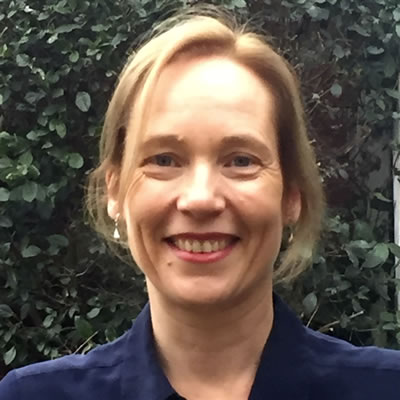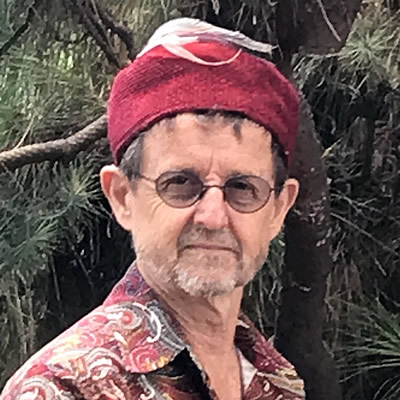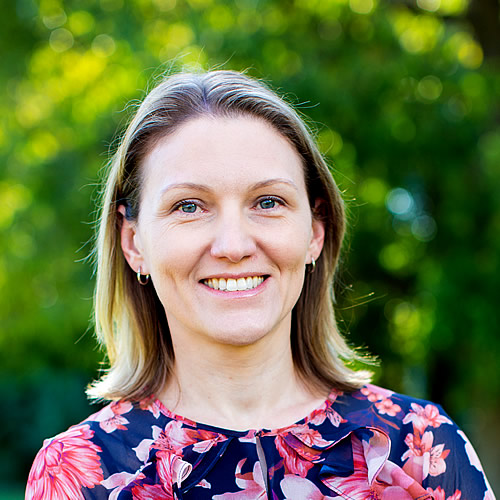Evidence-Based Lower Limb Retraining
Retraining lower limb skills following stroke and brain injury – a three day workshop.
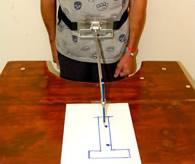
What muscles are essential for sitting and standing balance during reaching?
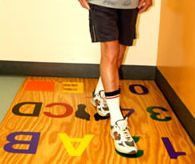
Why is acceleration of the trunk forward (ie hip flexion) important for standing up?
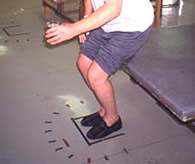
How does hip flexion at the beginning of swing phase contribute to knee flexion during walking?
The workshop is run over 3 days and accepts 24 registrants.
Target Audience: The workshop will be of interest to physiotherapists from hospital and community based settings, as well as occupational therapists, who teach adults following stroke and acquired brain impairment, as well as university lecturers. The workshop focuses on retraining of limb skills.
Pre-reading will be provided to the organising group for distribution to participants
Learning Objectives
At the end of the workshop, participants will be able to:
Describe
what it means to be an evidence-based clinician
Apply
that knowledge to the rehabilitation of people following stroke or traumatic brain injury.
Understand
the biomechanics of sitting and standing balance, standing-up, and sitting-down and walking.
Analyse
movement problems and skills involving the lower limbs, taking into account neural, biomechanical, musculoskeletal and environmental factors
Distinguish
between compensations and missing essential components.
Plan and implement
appropriate training strategies for the identified movement problems.
Evaluate
the effectiveness of chosen training strategies
Modify
training strategies in response to changes in the learner’s performance
Critically evaluate and modify
teaching skills to optimise practice and training
Presenters
Workshop Timetable
| Time | Day 1 |
|---|---|
| 7.45 | Registration |
| 8.00 | Housekeeping, introductions; workshop overview |
| 8.15 | Session 1: Evidence Based practice |
| 9.00 | Session 2: Impairments after stroke |
| 10.00 | Morning Tea |
| 10.20 | Session 3: Increasing strength in very weak muscles |
| 11.00 | Session 4: Intensity of practice |
| 11.30 | Session 5: Balance and postural adjustments |
| 12.45 | Lunch |
| 1.30 | Session 6: Sitting: Biomechanics, analysis and evidence-based intervention |
| 3.00 | Afternoon Tea |
| 3.30 | Session 7: Clinical session 1: Assessment and analysis of stroke survivors |
| 4.30 | Discussion and questions |
| Time | Day 2 |
|---|---|
| 8.00 | Session 8: Standing: Biomechanics, analysis and evidence-based intervention |
| 9.00 | Session 9: Standing-up: Biomechanics, analysis and evidence-based intervention |
| 10.00 | Morning Tea |
| 10.20 | Session 10: Walking Biomechanics |
| 11.30 | Session 11: Being a coach |
| 12.45 | Lunch |
| 1.30 | Session 12: Clinical session 2: Review of overnight practice |
| 2.00 | Session 13: Clinical session 3: Clinical session with stroke survivors in 8 small |
| 3.30 | Afternoon tea |
| 4.00 | Discussion and questions |
| Time | Day 3 |
|---|---|
| 8.00 | Discussion of issues from day 2 – Clinical issues? |
| 8.30 | Session 14: Review of walking biomechanics |
| 9.00 | Session 15: Walking: Analysis |
| 10.00 | Morning Tea |
| 10.20 | Session 16: Walking: Evidence-based intervention |
| 11.30 | Session 17: Muscle testing and progression – practical |
| 12.45 | Lunch |
| 1.30 | Session 18: Clinical session 4: Review of stroke survivor’s practice & progression |
| 2.15 | Handover |
| 2.30 | Session 19: Clinical session 5: Analysis & training of new stroke survivor in small |
| 3.30 | Afternoon tea |
| 4.00 | Review of clinical session, Statement of personal goals. |

